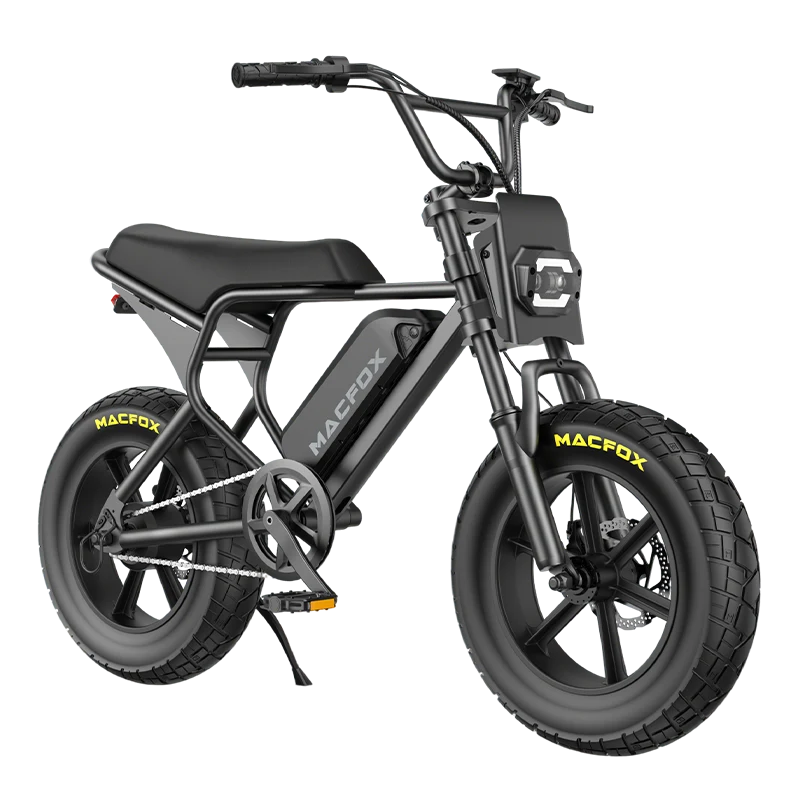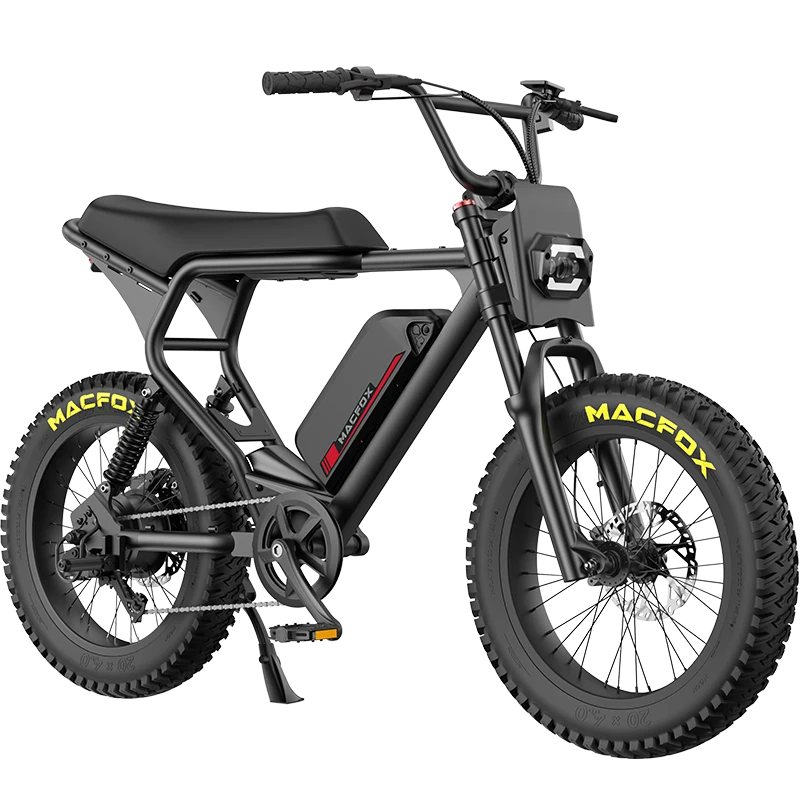Electric bikes, commonly known as e-bikes, have emerged as a game-changer in urban transportation. These innovative vehicles blend the ease of cycling with the power of electric motors, providing a swift, eco-friendly, and cost-effective way to navigate city streets. The integration of e-bikes into urban transit systems is not just a trend; it's a movement towards more sustainable and accessible city living.
Synergizing E-Bikes with Public Transport for Enhanced Urban Mobility
The melding of e-bikes into public transit networks engenders a symbiotic nexus, substantially uplifting urban mobility. This amalgamation endows commuters with unparalleled adaptability, efficacy, and convenience, particularly in resolving the pivotal 'last-mile' connectivity quandary. E-bikes broaden public transport's ambit, rendering remote stops reachable and providing a swift, pleasurable mode to culminate commutes, a boon in expansive urban areas where public transit can't pervade comprehensively.
Utilizing e-bikes in concert with public transit markedly mitigates urban traffic congestion, an enduring metropolitan predicament. By presenting a more enticing alternative for short to intermediate voyages, e-bikes curtail reliance on automobiles for such journeys. This shift not only alleviates traffic but also aids in diminishing urban air contamination and greenhouse emissions, courtesy of e-bikes' zero-pollutant emission. Additionally, e-bikes represent a cost-efficient commuting alternative, reducing the financial burdens associated with car ownership, encompassing expenses like fuel, upkeep, parking, and insurance. They also foster physical activity, albeit less arduously than traditional bicycles, contributing to populace health and wellness.

Economic Implications of E-Bike Adoption in Urban Transportation
Incorporating e-bikes into urban transit systems bears not only environmental and health boons but also profound economic ramifications. Primarily, it lessens the necessity for extensive car infrastructure, including capacious parking areas and broad thoroughfares, which are costly to establish and uphold. By curtailing traffic congestion, e-bikes also aid in diminishing economic losses tied to traffic delays.
Moreover, e-bikes pose an economic opportunity in themselves. Their rising demand propels market expansion, spurring investments in related sectors like battery technology, bicycle fabrication, and ancillary services such as charging stations and bike-sharing frameworks. An exemplary model in this burgeoning market is the Macfox X1 electric commuter bike, known for its efficiency and user-friendly design, perfectly catering to the urban commuter's needs. This catalyzes job creation, bolstering overall economic vigor.
Additionally, the health benefits linked with e-bike usage might translate into reduced public health expenditures, as they promote a more active lifestyle, potentially curtailing healthcare costs associated with sedentary habits and related health complications.
Key to E-Bike and Public Transport Integration
To fully leverage e-bikes' potential in complementing public transport, a supportive policy framework and robust infrastructure are imperative. This encompasses the development of comprehensive cycling lanes ensuring safe, efficient travel for e-bike users, thoughtfully woven into the existing transport matrix for a seamless commuter experience.
Moreover, essential are ample parking and recharging facilities for e-bikes at transit stations, encouraging their use in conjunction with public transport, assuring commuters of secure and convenient locales for storing and recharging their bikes. Policies incentivizing e-bike utilization, like subsidies, tax reliefs, or integration into public transport fare systems, can significantly augment their adoption.
Related Reading: What Do Watts Mean on a Electric Bike
Global Examples of E-Bike and Public Transport Integration
Globally, cities are increasingly acknowledging e-bikes' value within their public transport ecosystems. Amsterdam in the Netherlands, renowned for its robust cycling culture, has adeptly incorporated e-bikes with extensive bike lanes and rental services. Portland, Oregon, in the USA, has integrated e-bikes into its bike-sharing program, enhancing connectivity to transit stations. Copenhagen, Denmark, with substantial investments in cycling infrastructure, stands as one of the world's most bicycle-friendly cities, with e-bikes playing a pivotal role in its transport strategy.
Addressing Challenges in the E-Bike and Public Transport Synergy
Notwithstanding the apparent advantages, blending e-bikes with public transport systems is not devoid of challenges. Issues like e-bike theft, battery charging logistics, and ensuring harmonious coexistence with pedestrians and other vehicles are concerns necessitating resolution. Solutions encompass enhanced security measures for parked e-bikes, establishing efficient, accessible charging stations, and formulating clear regulations and guidelines for e-bike usage.
The Future of Urban Mobility: E-Bikes and Public Transport
The prospect of urban mobility is auspicious with the ongoing evolution of e-bikes and their integration with public transport. Advances in battery technology will render e-bikes more efficient and accessible. Incorporating GPS and smart technology into e-bikes can further refine the user experience, facilitating navigation and bike-sharing.

Conclusion
The confluence of e-bikes and public transport is pivotal in the quest for sustainable, efficient, and enjoyable urban mobility. As cities continue to burgeon, embracing the synergy between e-bikes and public transport will be crucial in developing transport systems that are not only functional but also enrich the quality of urban life.
FAQs
Q1: How do e-bikes enhance the efficiency of urban public transport systems?
E-bikes extend public transport's reach, making distant stops accessible and offering a swift, enjoyable means to conclude journeys, thus enhancing the overall efficiency of urban public transport systems.
Q2: What are the environmental benefits of integrating e-bikes with public transport?
E-bikes contribute to reducing urban traffic congestion and pollution by offering an eco-friendly alternative for short and medium-distance trips, thereby fostering a cleaner, healthier urban environment.
Q3: What infrastructure is essential for the effective integration of e-bikes and public transport?
Crucial infrastructure includes comprehensive cycling lanes for safe travel, ample parking and charging facilities at transit stations, and supportive policies that encourage e-bikes as part of the public transport system.


















